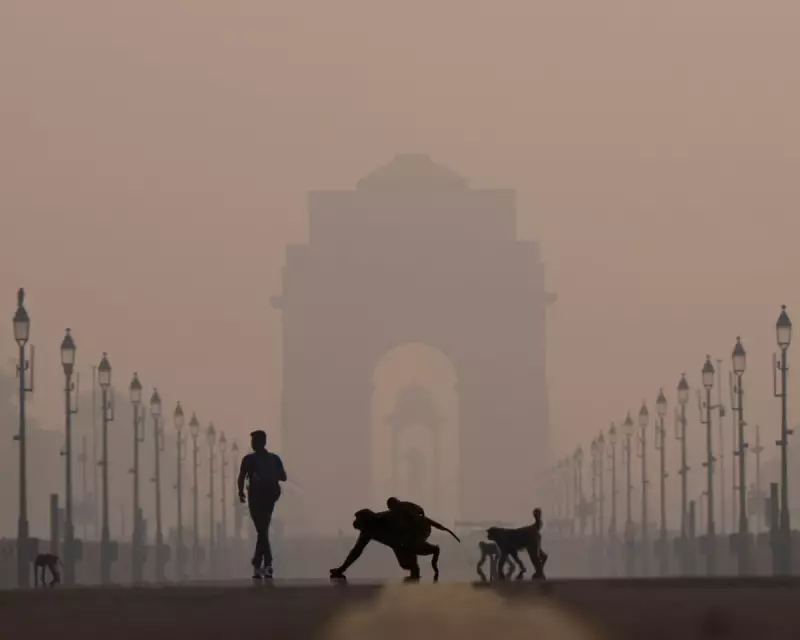
In an unprecedented move to tackle one of the world's most severe environmental crises, India has launched a landmark cloud seeding trial in its suffocating capital city. Delhi, frequently crowned the world's most polluted metropolis, is now the testing ground for a scientific intervention that could transform how cities combat toxic air.
The Desperate Battle for Breathable Air
Delhi's air pollution crisis reaches catastrophic levels each winter, with PM2.5 concentrations regularly exceeding safe limits by twenty times or more. The city's 30 million residents face what health experts describe as a public health emergency, with pollution contributing to thousands of premature deaths annually and creating a generation of children with compromised lung development.
How Cloud Seeding Could Clean Delhi's Skies
The scientific approach involves dispersing substances like silver iodide into clouds to stimulate rainfall. This artificial precipitation acts as nature's scrubber, washing harmful pollutants from the atmosphere. The technique, while used previously for drought relief, represents a bold new application in urban pollution control.
The trial's timing is critical, coinciding with Delhi's most polluted season when agricultural burning, vehicle emissions, and industrial pollution combine to create the notorious winter smog.
A Political Test for Environmental Action
The project arrives as Prime Minister Narendra Modi's Bharatiya Janata Party faces increasing pressure to deliver on environmental promises. While the government has implemented various measures from traffic restrictions to industrial regulations, the cloud seeding initiative represents their most technologically ambitious attempt yet to combat the capital's perennial pollution nightmare.
What Success Could Mean for Global Cities
Should the Delhi experiment prove successful, it could provide a blueprint for other megacities grappling with similar air quality emergencies across Asia and beyond. The world watches closely as this Indian metropolis becomes the testing ground for what might become a standard weapon in the urban environmental arsenal.
The coming weeks will reveal whether science can accomplish what policy alone has failed to achieve: giving one of the world's largest cities the gift of clean air.





